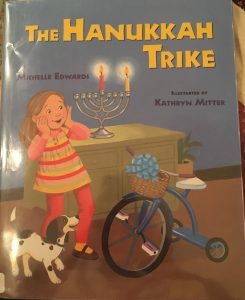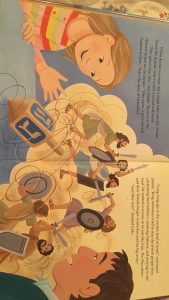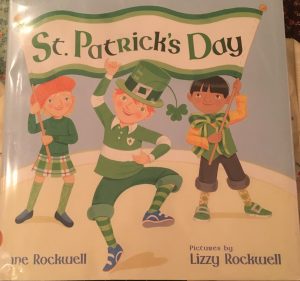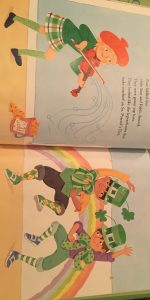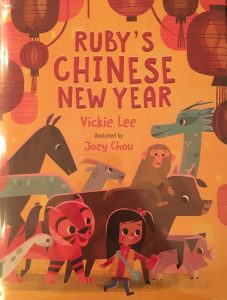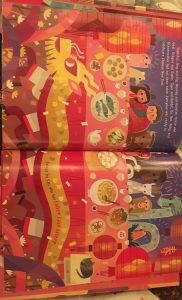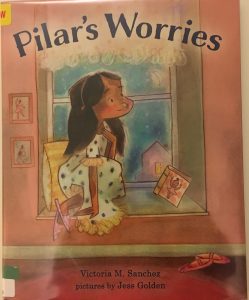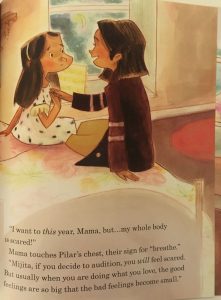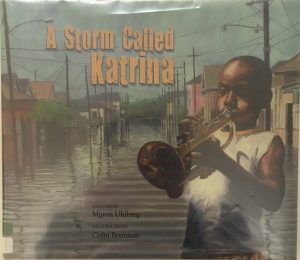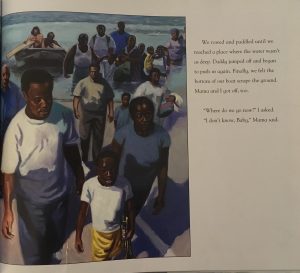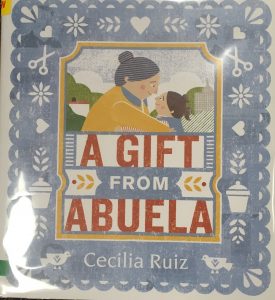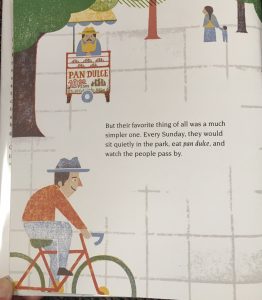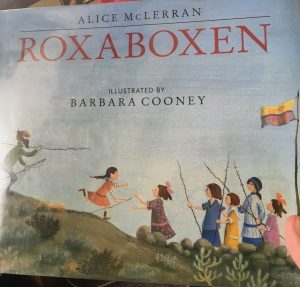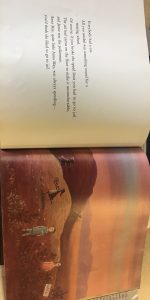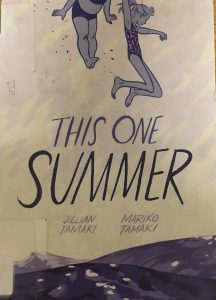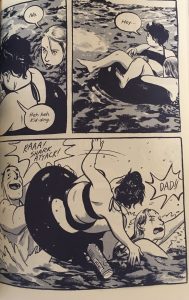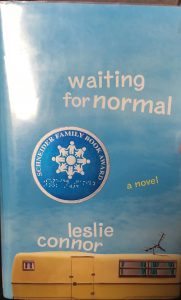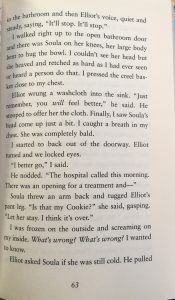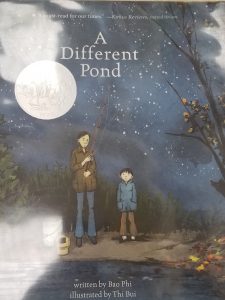Title: The Hanukkah Trike
Author(s): Michelle Edwards
Illustrator/Photographer: Kathryn Mitter
Publisher and Year: Albert Whitman & Company; 2010
Number of Pages: 21
Tags: Culture, Diversity, Family, Fiction, Holidays, Picture Book, K-1, 2-3, Sarah Luce
Genre: Fiction
Descriptive Annotation:
The Hanukkah Trike is a story about a young girl and her family as they celebrate Hanukkah. They light the menorah, make traditional Hanukkah food, and retell the story of the Maccabees. Gabi, the daughter, receives a tricycle that she names Hanukkah, and she takes it out the next day to ride it. When she falls off, her father reminds her of the story of the Maccabees and how brave they were, and eventually Gabi learns how to ride her trike. This story doesn’t require much prior knowledge, since the story of the Maccabees and the origination of Hanukkah is explained in the story, although some familiarity with Jewish culture would be helpful.
Classroom Application:
This text could be used to reinforce lessons on Hanukkah, as part of a holiday unit and teaching about other cultures. This story also addresses the idea of being brave, which is something that classes could talk about as an SELS. This story could be used to introduce students to trying again after failing or picking yourself back up after something goes wrong.
Linguistic and Cultural Diversity Analysis:
The Hanukkah Trike is all about Jewish culture and their holiday, Hanukkah. In areas where there is not a huge Jewish population, many students may not know about Hanukkah or how it is celebrated. This story addresses common traditions, like making latkes. The text shares how “Gabi helped Daddy grate the potatoes. Mama made the batter and fried the latkes golden and crisp” (page 5). The book also shares the story of the Maccabees, their victory, and “the miracle of the light that burned for eight nights” (page 9).
Illustration:
